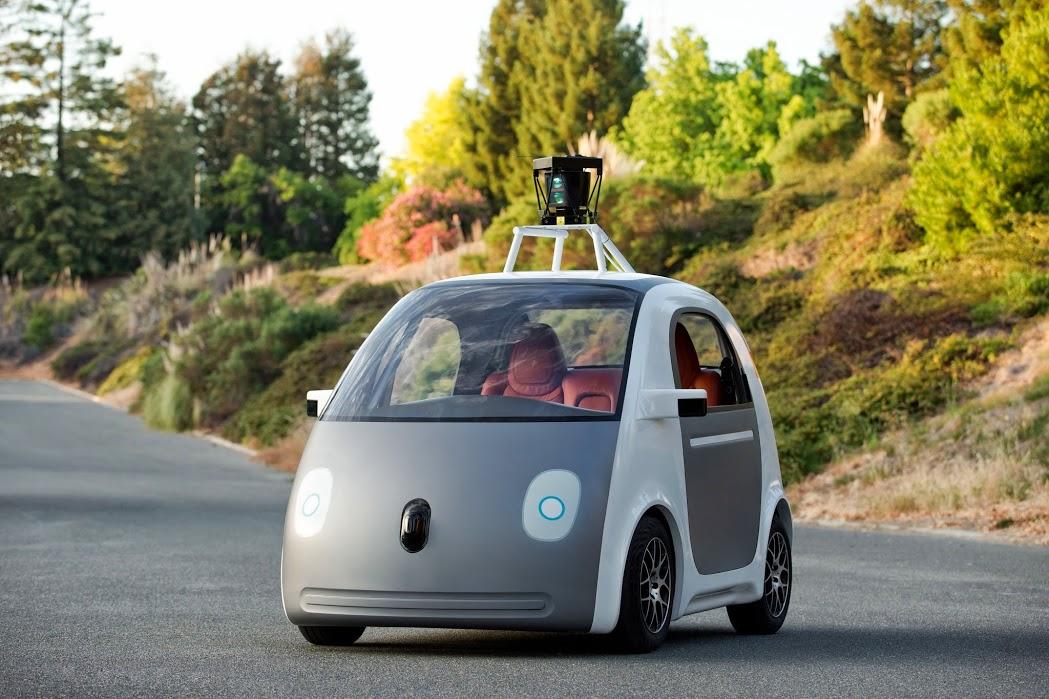Google has already extensively tested a modified, self-driving Lexus RX450h SUV for months, but now it’s finally prepared to roll out its native autonomous vehicle on public roads.
In a blog post on Friday morning, Google said that it plans to test its native self-driving cars on the streets of Mountain View, California, this summer. The cars have already been tested on private roads.
Google promoted its autonomous cars as a step forward for safety, touting how they could cut down on the number of car accidents, 94 percent of which are caused by human error.
https://www.youtube.com/watch?v=uCezICQNgJU





